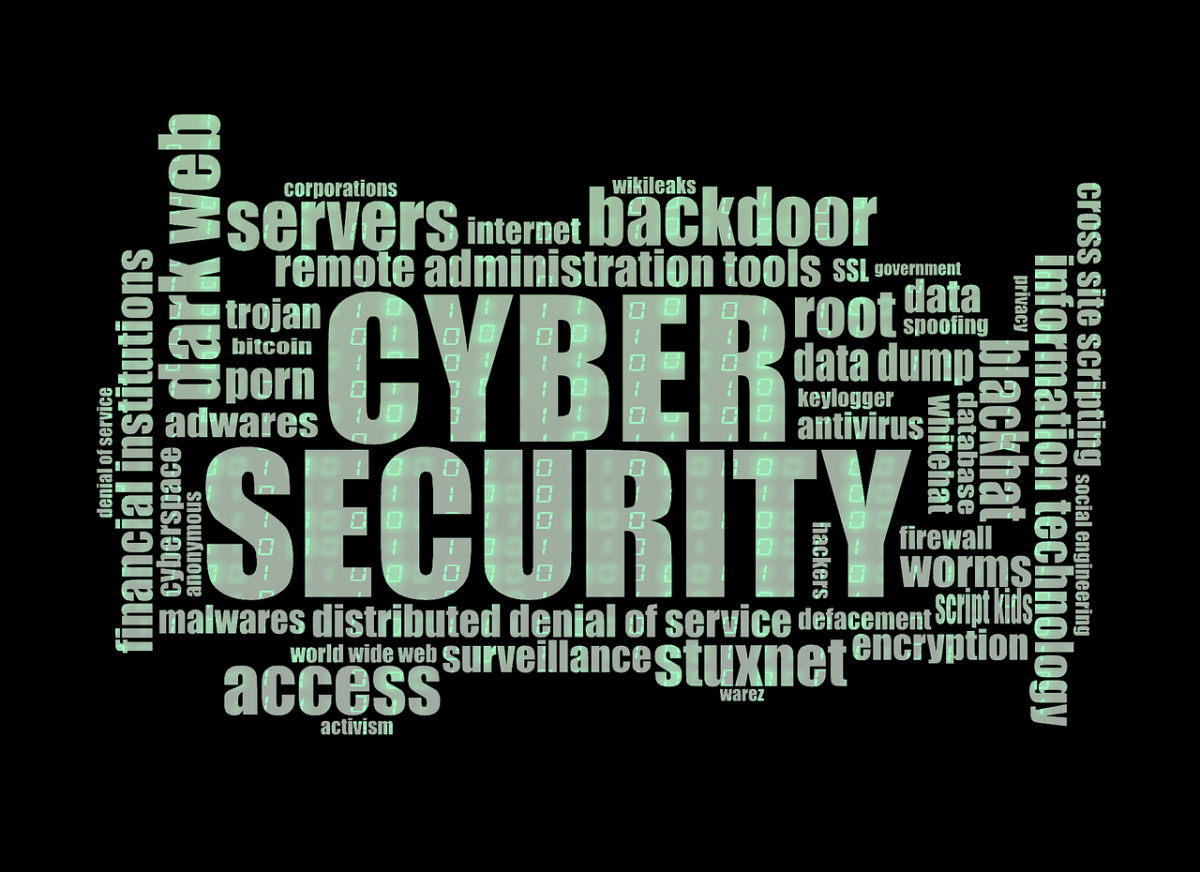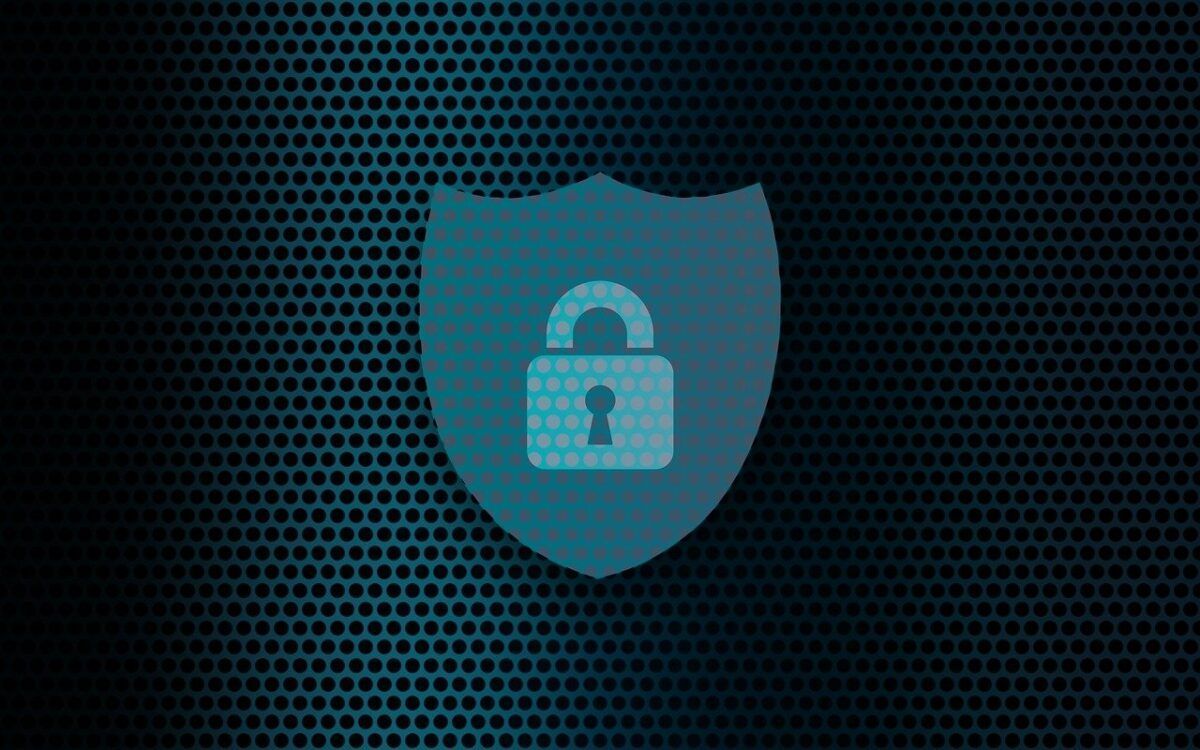11 Effective Security Measures To Bolster Your Wichita’s Business’s Microsoft 365 Data Protection
Making the most of your Microsoft 365 apps requires you to adopt appropriate security measures.
Microsoft 365 is one of the best collaboration and productivity tools around. It provides users with seamless communication, scalability and supports remote work with various features. The security is also solid due to a wide array of defense mechanisms.
But this doesn’t mean you’re impervious to cyberattacks.
Data leakage, unauthorized access, and malware can still jeopardize your system and offer ideal entry points for hackers. Should your business fall victim, the consequences can be dire, ranging from operational disruptions to severe reputational damage.
The only way to fend off hackers is to take your Microsoft 365 data protection to the next level. And this article will list the 11 most effective security measures to help shield your Wichita Business’s data in Microsoft 365.
The 11 Effective Security Measures
Security Measure #1 – Activate Multi-Factor Authentication
Microsoft 365 users have just one method of verifying their identity when using a username and password. Unfortunately, many people don’t follow robust password protocols. If you’re doing the same, you’re exposing your organization to intrusions.
That’s where multi-factor authentication (MFA) comes into play.
It can boost your Microsoft 365 security with one-time passphrases or other factors to verify user identity. Best of all, this measure is easy to apply.
However, enabling MFA should only be your first step. The next one is to activate Security Defaults, a Microsoft feature that enforces MFA in each administrator account.
Another great idea is to implement MFA in all accounts without administrator permissions. It’s because these accounts can still endanger services and apps in your ecosystem.
Security Measure #2 – Use Session Timeouts
Many employees fail to log out of their accounts and lock their mobile devices or computers. This can grant hackers unlimited access to enterprise accounts, enabling them to compromise your data.
Incorporating session timeouts into internal networks and accounts automatically logs users out after a certain inactivity period. That means hackers can’t take over their devices and access sensitive information.
Security Measure #3 – Refrain From Public Calendar Sharing
Calendar sharing enables your employees to synchronize and share schedules with colleagues. While this facilitates team collaboration, it can also give hackers insight into your operations and vulnerable users.
For example, if your security administrator is on vacation and this information is publicly available, attackers can use this window to launch malware.
Security Measure #4 – Employ Advanced Threat Protection
Advanced threat protection (ATP) is a robust solution that recognizes and prevents advanced threats that usually bypass antivirus and firewall defenses.
It grants access to a database that receives real-time updates, allowing users to understand the threats and integrate the data into their analysis.
ATP notifies you about attacks, the severity, and the method that stopped them, regardless of the source. It’s especially effective at preventing phishing.
It relies on machine learning and a massive database of suspicious sites notorious for malware delivery or phishing attempts.
Security Measure #5 – Leverage Policy Alerts
Microsoft 365 lets you establish your policy notifications in the compliance center to meet your company’s security needs. For example, they send your employees tips on sending sensitive information whenever they’re about to send a message to a contact outside your network.
These warnings can safeguard against data leaks while educating your team on safe data sharing methods.
Security Measure #6 – Secure Your Mobile Access
Your team often uses smartphones to access work email, contacts, documents, and calendars, especially if they work remotely. So, securing their devices should be your top priority when protecting data.
The best way to do so is to install Microsoft 365 mobile management features. They can let you manage your security policy, permissions, restrictions, and wipe crucial information from stolen or lost devices.
Security Measure #7 – Deactivate Legacy Protocol Authentication
It’s worth noting that legacy protocols don’t support several security features in Microsoft 365 that reduce the chances of intrusion, such as MFA. This can make them perfect gateways for adversaries who want to target your organization.
That said, your best bet is to deactivate legacy protocols to mitigate risks.
However, you may not want to disable legacy authentication if your team needs it for older email accounts. The good news is that you can still make your network safer by restricting access to users who don’t need this protocol.
Security Measure #8 – Integrate Role-Based Access Control
Access management is a convenient security feature that can limit the flow of private information across your business. It allows you to establish the users who can access data in your company.
For instance, you can minimize data leaks by preventing rank-and-file team members from reading and editing executive-level files.
Security Measure #9 – Rely on Unified Audit Log
Unified audit log (UAL) includes logs from several Microsoft 365 services, such as Azure AD, SharePoint Online, OneDrive, and Microsoft Teams. Enabling it can give the administrator insight into malicious activity and actions that violate organizational policies.
You may also want to incorporate your logs into an existing SIEM (Security Information and Event Management) tool. Doing so enables you to connect logs with current log monitoring and management solutions to reveal abnormal activity. Plus, it can improve the overall security of your Microsoft 365 suite.
Security Measure #10 – Encrypt Emails
Encrypting sensitive data is often the last resort when dealing with data breaches. But if cyber attackers access your emails, robust encryption tools can make them unreadable. That’s why email encryption is something worth looking into.
This feature is essential for Microsoft 365 users who share emails and files regularly.
Security Measure #11 – Train and Educate Your Employees
The above measures are undoubtedly effective, but they may amount to nothing if you leave your employees out of the picture. In fact, human error is the leading cause of most data breaches.
One of the best ways to prevent security breaches in your business is to schedule employee security training and education. It can raise their awareness of potential threats and guide them on how to address them.
This is especially important when recruiting employees. Make sure they undergo in-depth security training before granting them access to sensitive data and organizational devices.
Don’t Leave Your Business’s Data Protection to Chance
Microsoft 365 offers a bunch of intuitive and convenient tools. The experience can be so smooth that you may even forget about protecting your data.
However, you’re taking a huge gamble in doing so, as it leaves your system open for hackers.
With that in mind, applying the defense mechanisms mentioned in this article will dramatically decrease security threats to your business.
We can help you further ensure your security when using Microsoft 365 apps. Contact us for a 10-15-minute chat that’s obligation-free. Let’s discuss how you can keep cyber threats at bay.
Contact us today!
This Article has been Republished with Permission from The Technology Press.
The post 11 Effective Security Measures To Bolster Your Wichita’s Business’s Microsoft 365 Data Protection appeared first on Netability.











